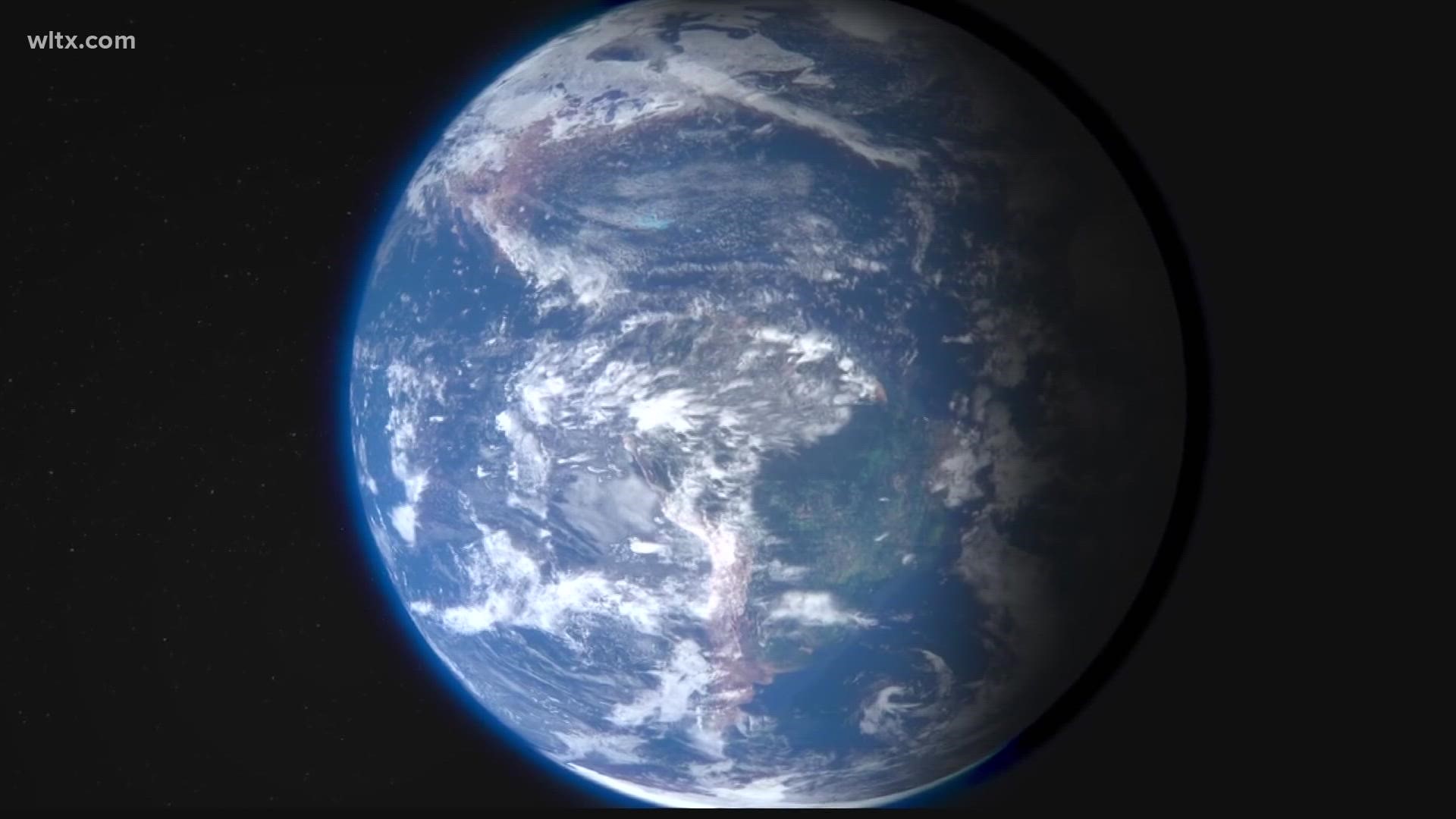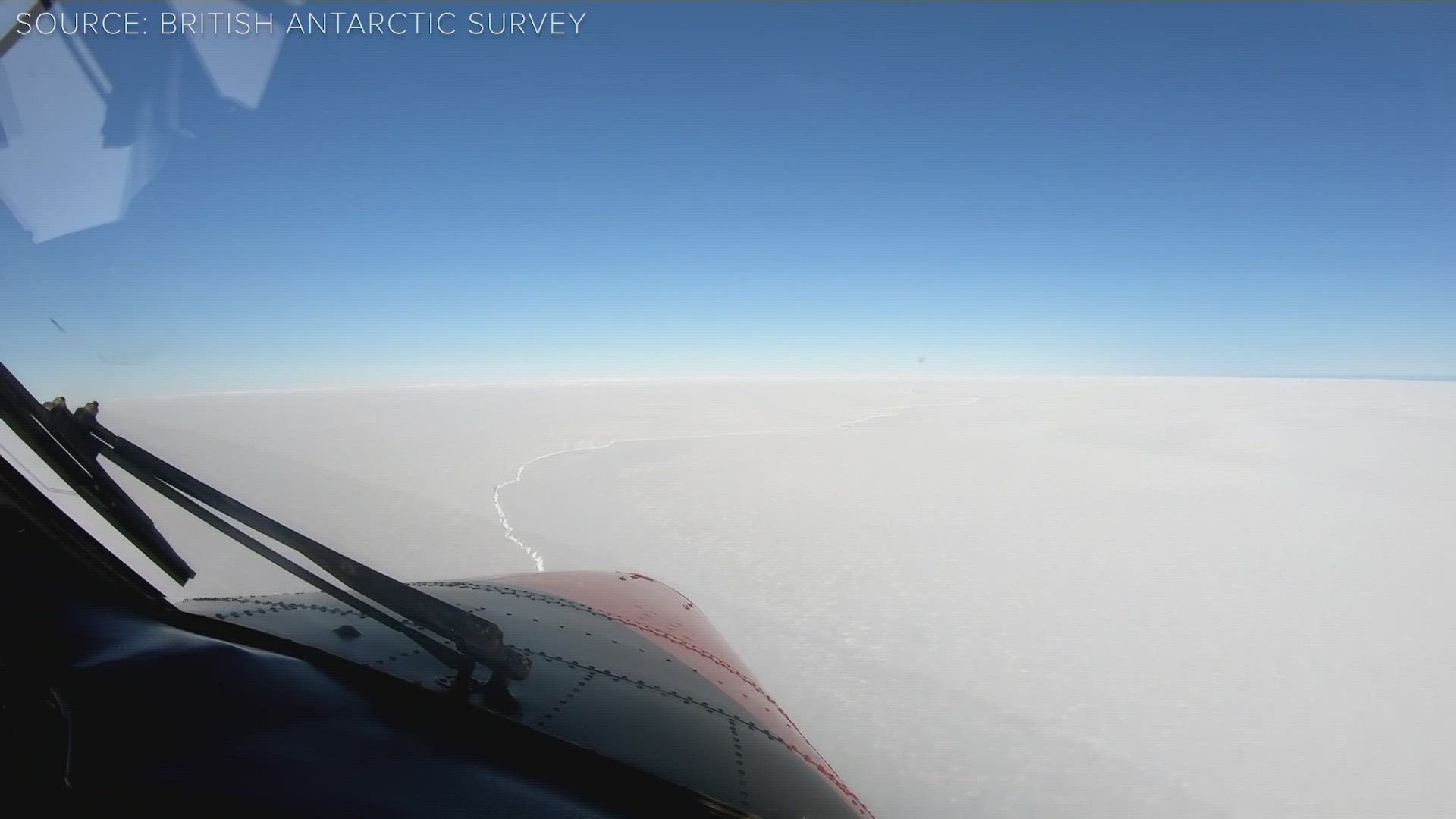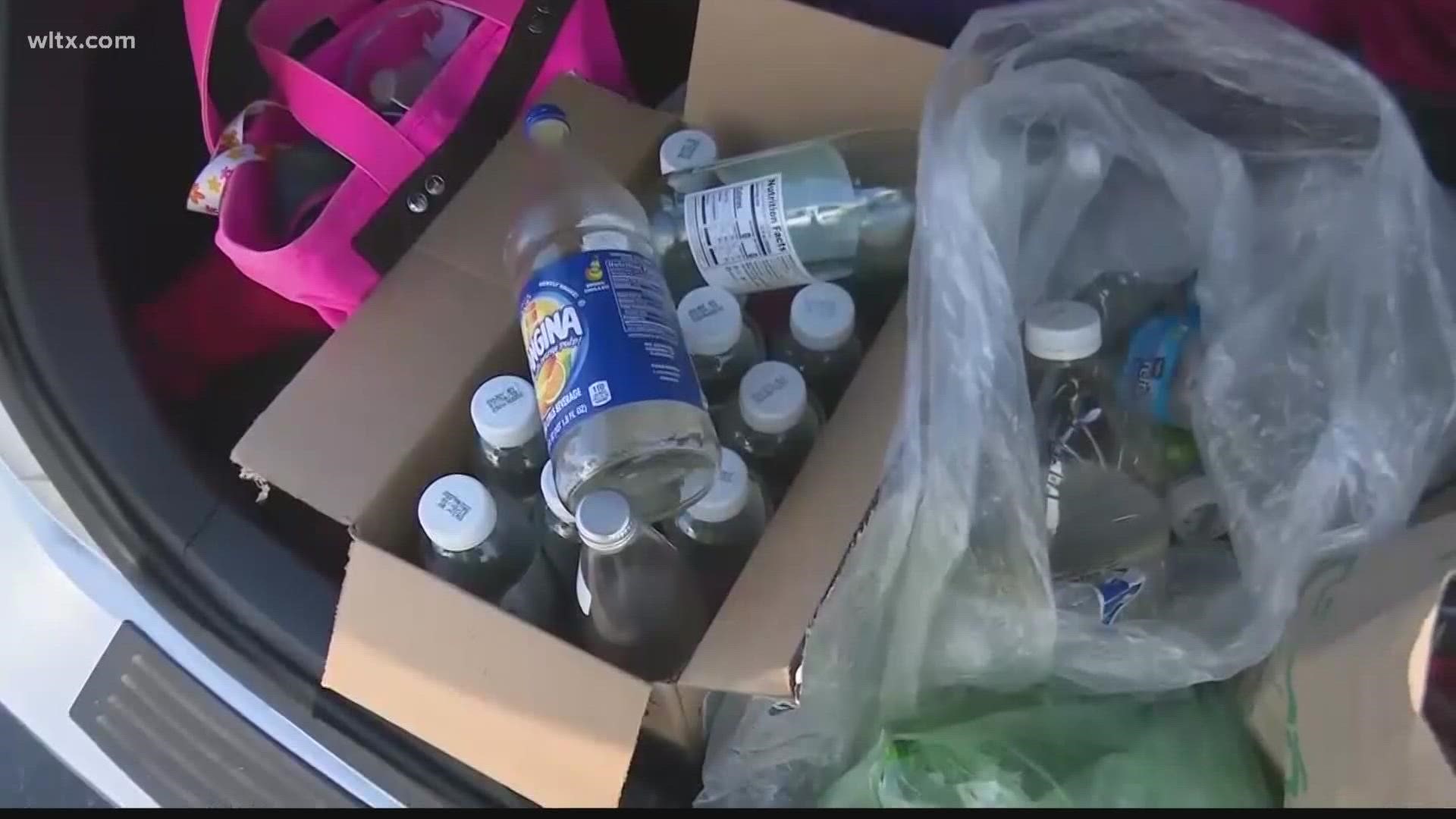COLUMBIA, S.C. — The ozone layer is important for life on Earth because it absorbs most of the sun’s harmful ultraviolet radiation. It was in 1985 when a hole in the ozone was found over Antarctica, a discovery that made news all across the world.
NASA makes note that the “word hole is not literal and no place is empty of ozone. Scientists use the word hole as a metaphor for the area in which ozone concentrations drop below the historical threshold.”
The world quickly took action, and in 1987, countries came together to sign the Montreal Protocol. The purpose of this international treaty was to phase out the production and use of ozone-depleting substances. You may remember certain chemicals had to be removed from aerosol, such as hairspray.
Today, the Montreal Protocol is known as the most successful environmental treaty in history.
Dr. Newman, the Chief Scientist for Earth Sciences at NASA has said “the bromine and chlorine levels having stopped growing and coming down are a real testament to the effectiveness of the Montreal Protocol.” The United Nations reports that with the current healing pace, the hole over Antarctica could fully mend by about 2066.
While there is still work to be done, the healing of the ozone layer is a reminder of the power of international cooperation and the importance of protecting our planet.



